Michigan's First Capitol, 1828-1847
Introduction
Text-to-speech Audio
Images
Michigan's Territorial Courthouse
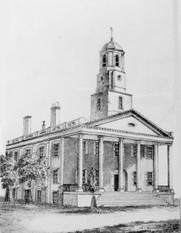
Augustus Woodward's 1805 plan for the city of Detroit after fire destroyed much of the city, with the territorial courthouse circled
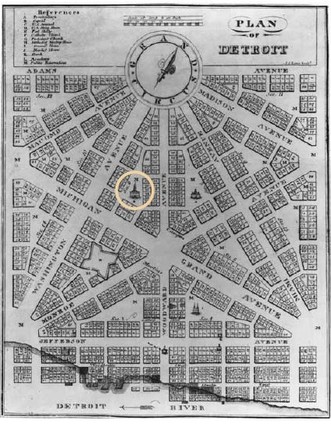
Michigan's First Governor, Stevens Thomson Mason, elected at only age 25, now interred in Capitol Park
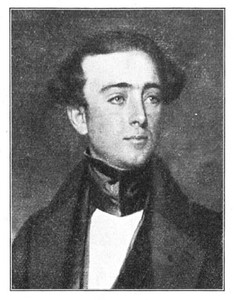
Capitol Union High School, much as it looked when the building was Michigan's capitol
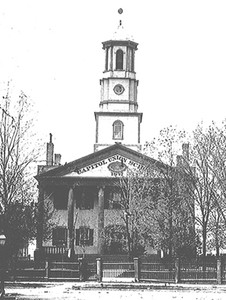
Capitol Union High School, Detroit's only high school for years
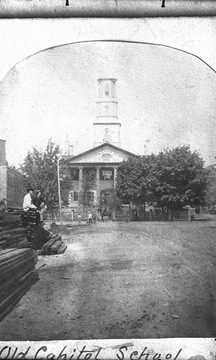
Capitol Union High School, after extensive additions and renovations
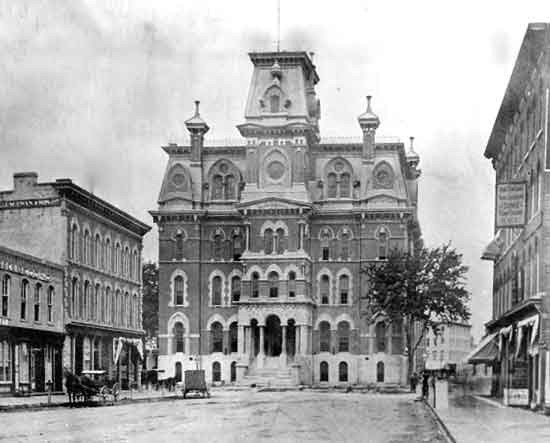
Capitol Union High School on January 27, 1893, after fire consumed the building, including the original wooden interior that served as the capitol
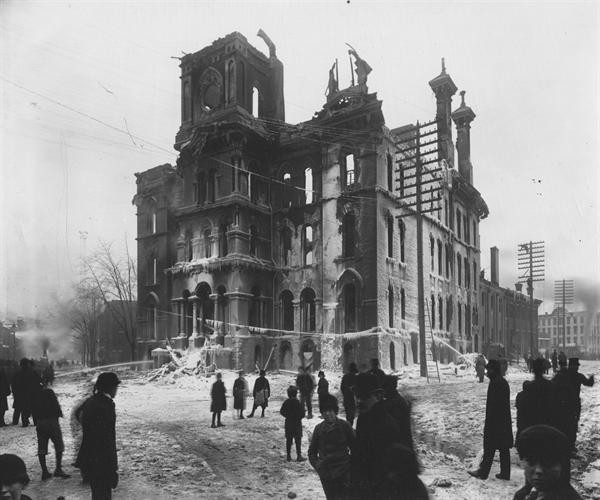
Capitol Park in the 1910s
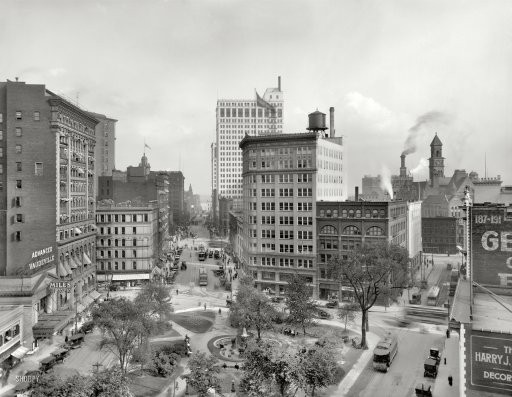
Capitol Park
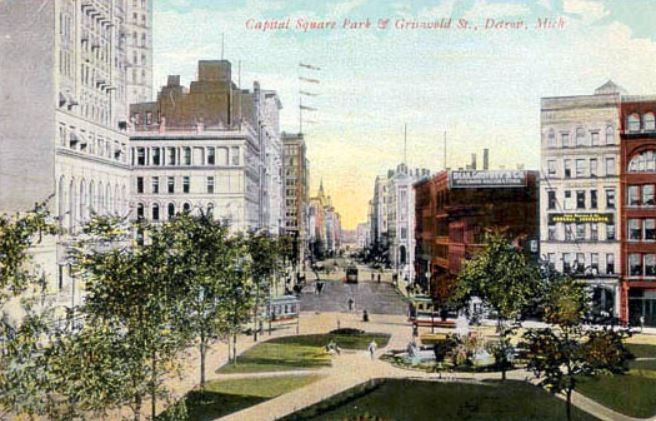
A model of the original capitol still stands in Capitol Park
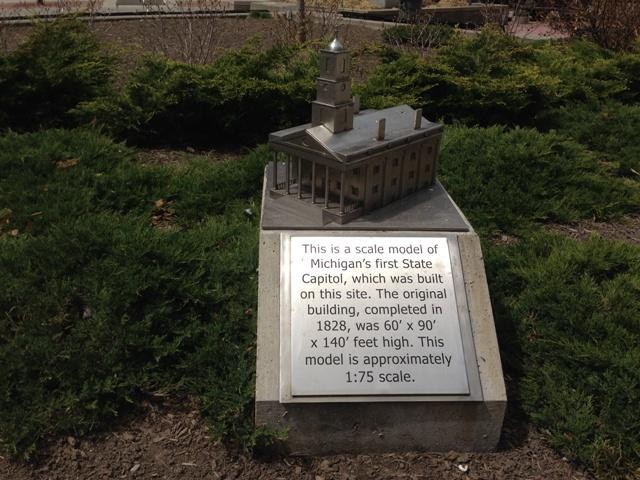
Michigan's 1835 constitution was drafted and approved inside the capitol in Detroit
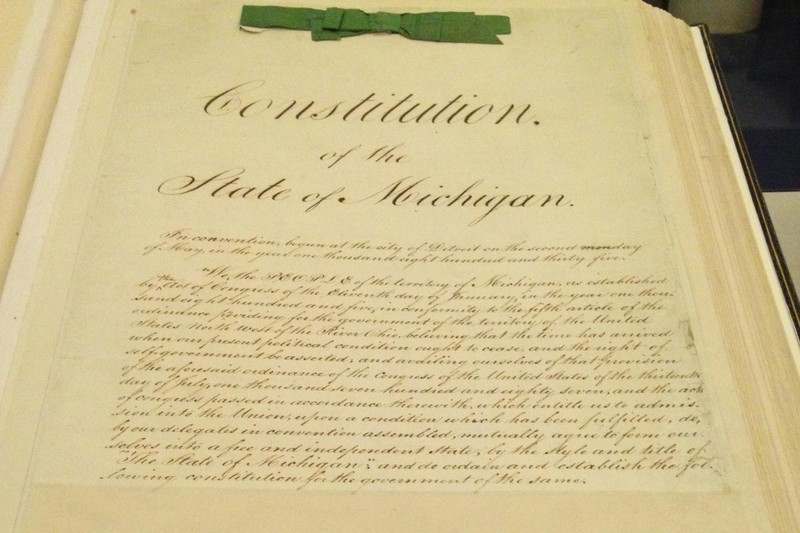
Backstory and Context
Text-to-speech Audio
In 1846, the Michigan Legislature voted to move the capital to Lansing, which was at the time a very small and insignificant settlement. However, it was more centrally located within the state and farther away from the threat of an attack from British Canada (see Clio entry “Lansing’s First Capitol” for more information). The last day the Detroit building served as Michigan’s capitol was March 17, 1847. After that, the building became Union High School, the only high school in Detroit at the time. It also housed the first Detroit Public Library from 1865 to 1877. In 1870 and 1875, front and back additions were made to the building and two floors were added as well, faced in stone. The high school was destroyed by a fire on January 27, 1893.3
The half-acre triangular space was converted into the Capitol Park the next year. The park served as a transportation hub for streetcars and later buses for many years. In 1905, the remains of Michigan’s first governor, Stevens Thomson Mason, were moved from New York and interred in a place of honor in Capitol Park. A statue of Governor Mason was placed over the grave. (The grave and statue were relocated within the park in 1955 and again in 2010 to adjust for reconstruction.)2 A scale model of the original capitol is located in the park, along with several historic markers. Capitol Park is the center of a one block radius of historic buildings that is known as Capitol Park Heritage District.
